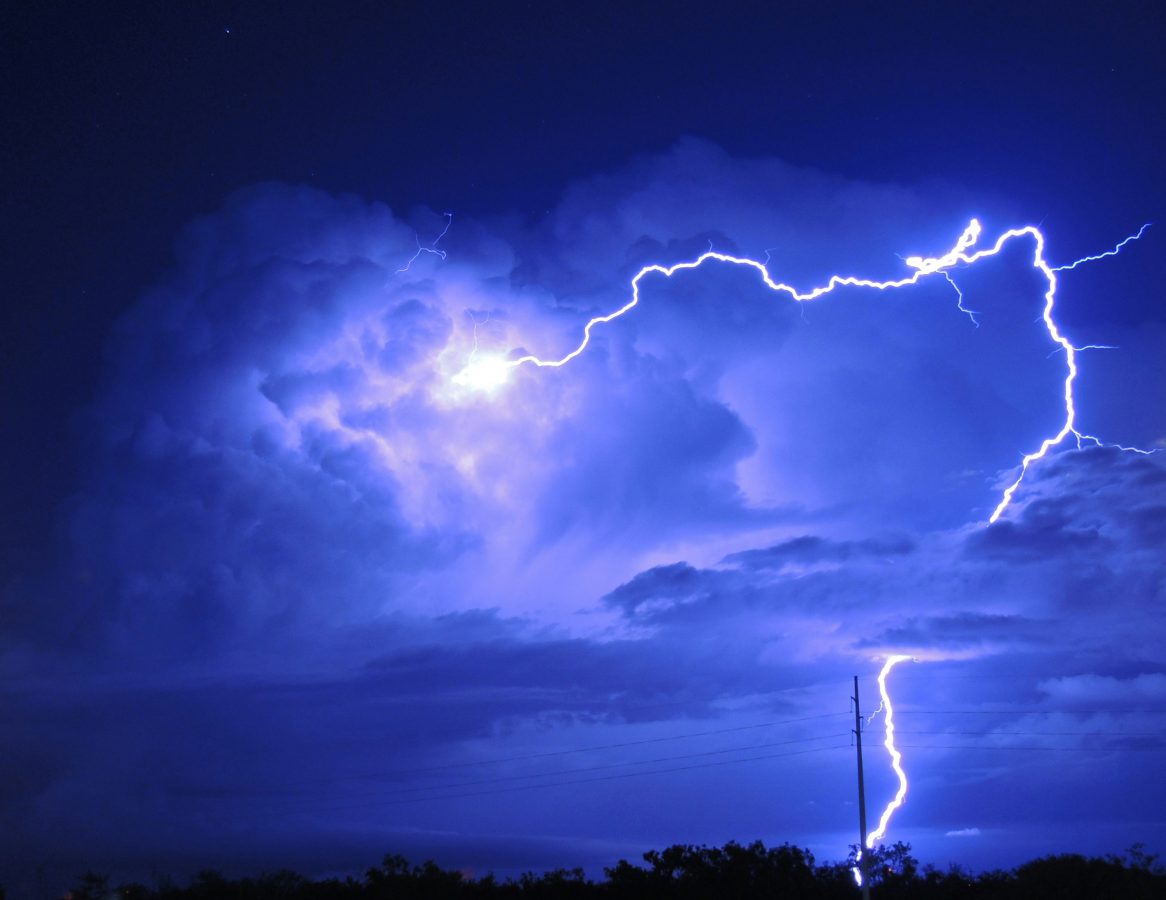Polluted areas more prone to lightning strike
A recent study from James Madison University (USA) has revealed a correlation between high pollution levels and increased frequency of lightning strikes. This research analyzed over 500,000 thunderstorms in Washington D.C. and Kansas City over a 12-year period.
Geographer Mace Bentley, who led the study, explained that fine particulate matter acts as nuclei for clouds. When these particles are carried upward by air currents within clouds, they collide and separate into different charges, leading to the formation of lightning. This is a natural physical process that occurs when the accumulation of electric charges within a cloud reaches a critical point, resulting in a discharge.
However, Bentley also noted that if the concentration of fine particles is too high, the amount of lightning could decrease. This phenomenon could be due to the thunderstorm losing internal energy as the fine particles hinder the separation of charges or alter the thermodynamic structure of the storm.

Polluted areas more prone to lightning strike. (Photo: unsplash.com)
The study also revealed other interesting findings. For instance, among the hundreds of thousands of thunderstorms observed, researchers noted that storms were most frequent on Thursdays in both Washington D.C. and Kansas City.
This may be related to higher pollution levels mid-week due to industrial and transportation activities. Increased emissions from vehicles, factories, and manufacturing operations on weekdays significantly raise air pollution levels.
Additionally, scientists found that when temperature and humidity were high, especially on hot summer days, lightning frequency increased. High temperatures and humidity create an energy-rich atmospheric environment, which, when combined with air pollution, significantly increases the likelihood of lightning.
Based on data from Washington D.C. and Kansas City, researchers hope to continue studying and comparing situations in other parts of the world to better understand the extent of pollution’s impact on lightning.
In light of these concerning findings, reducing air pollution is a crucial step in mitigating the risk of lightning strikes and associated negative impacts. Countries should strengthen air pollution control policies, such as reducing vehicle emissions, minimizing fossil fuel combustion, and promoting the use of renewable energy sources.
Furthermore, developing lightning warning systems is also an important measure to protect people and infrastructure from lightning damage. These systems can provide early warnings and timely information to allow people to prepare for and prevent risks associated with lightning.
Source: Science Alert








